The winners of the third BJP Breakthrough Awards will showcase their work in a special exhibition in East London
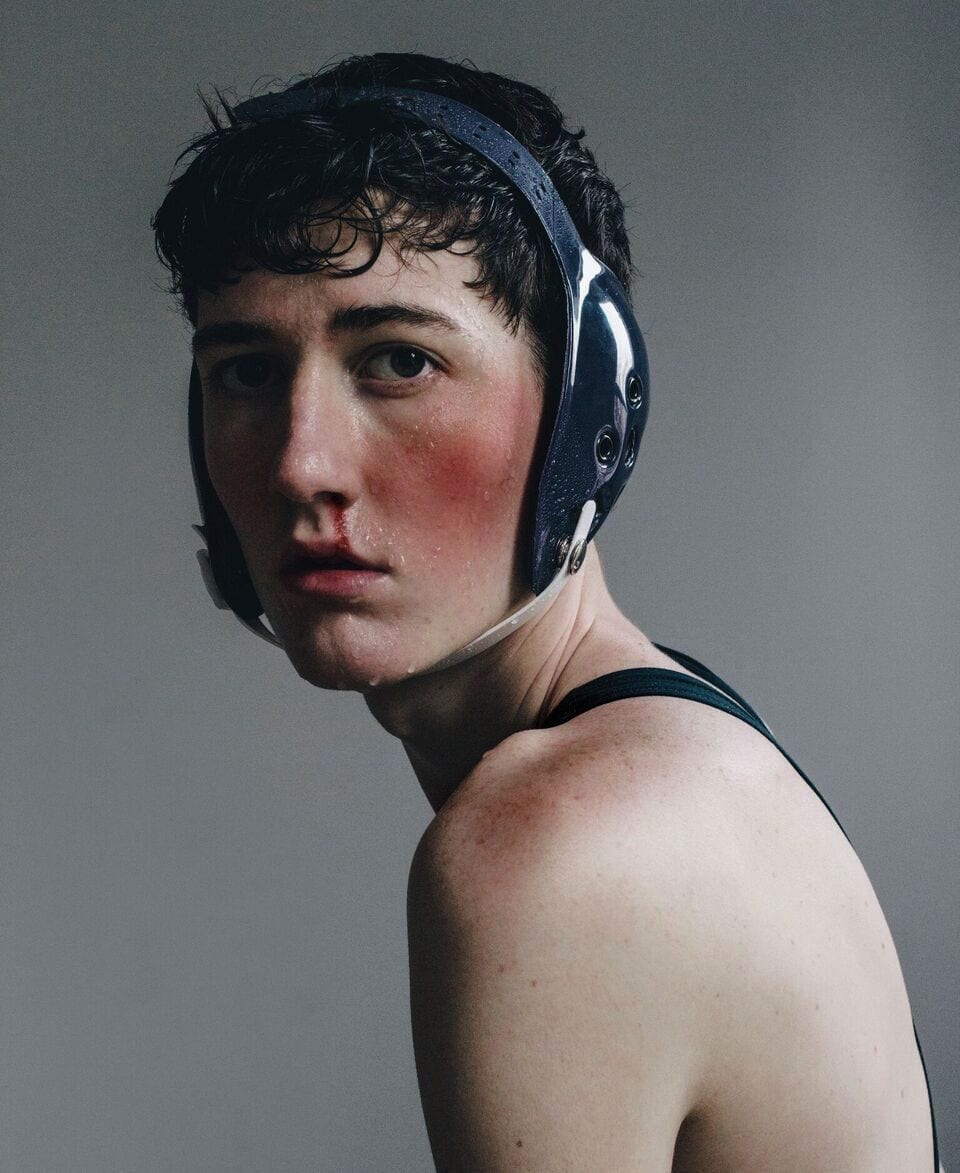

The winners of the third BJP Breakthrough Awards will showcase their work in a special exhibition in East London
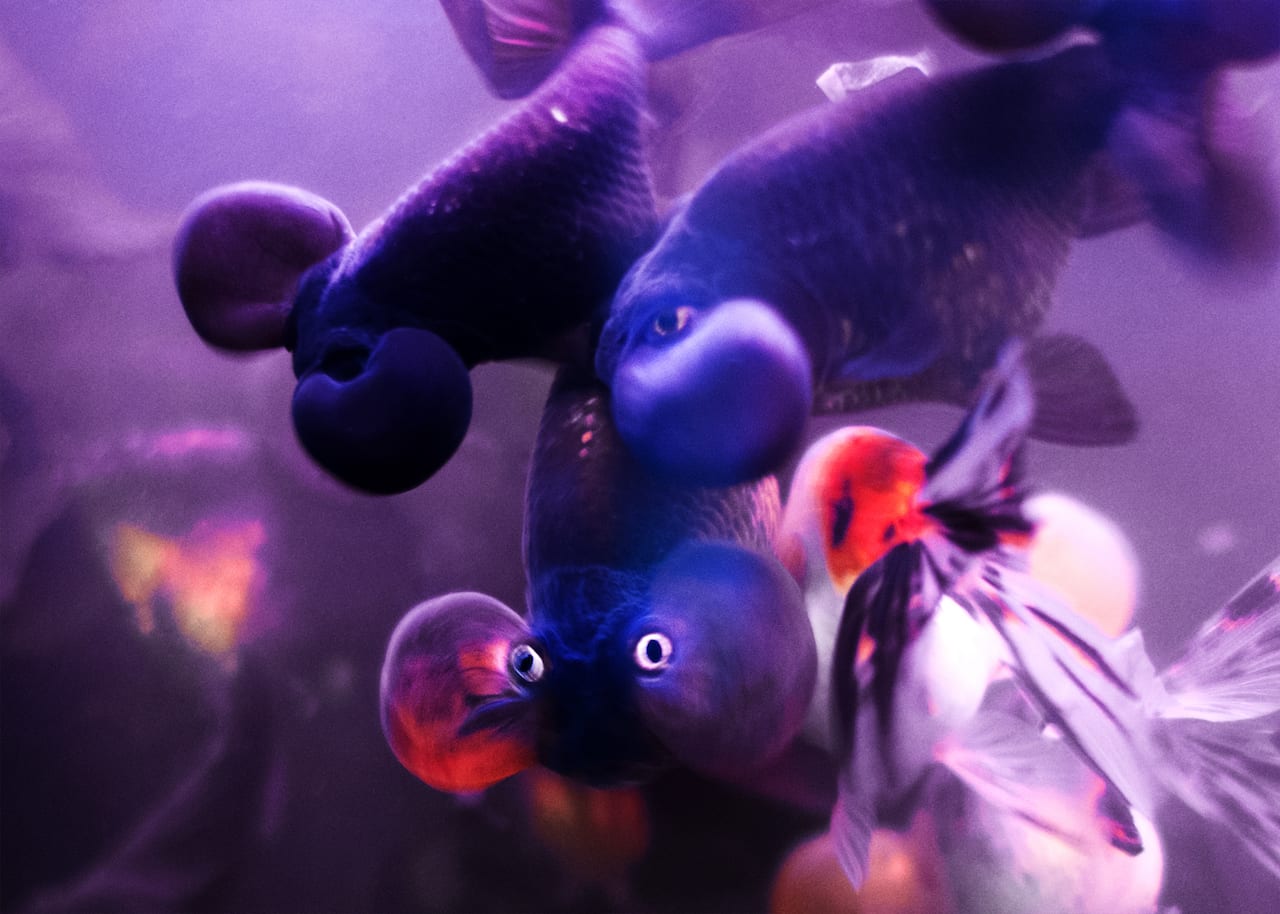
Leslie Moquin’s series Shanghai Cosmetic was inspired by the clash of nature and commerce in China, and was BJP’s cover feature back in July 2016 – now Moquin’s new work has been nominated for the Prix Levallois, BJP’s revisiting her outstanding work
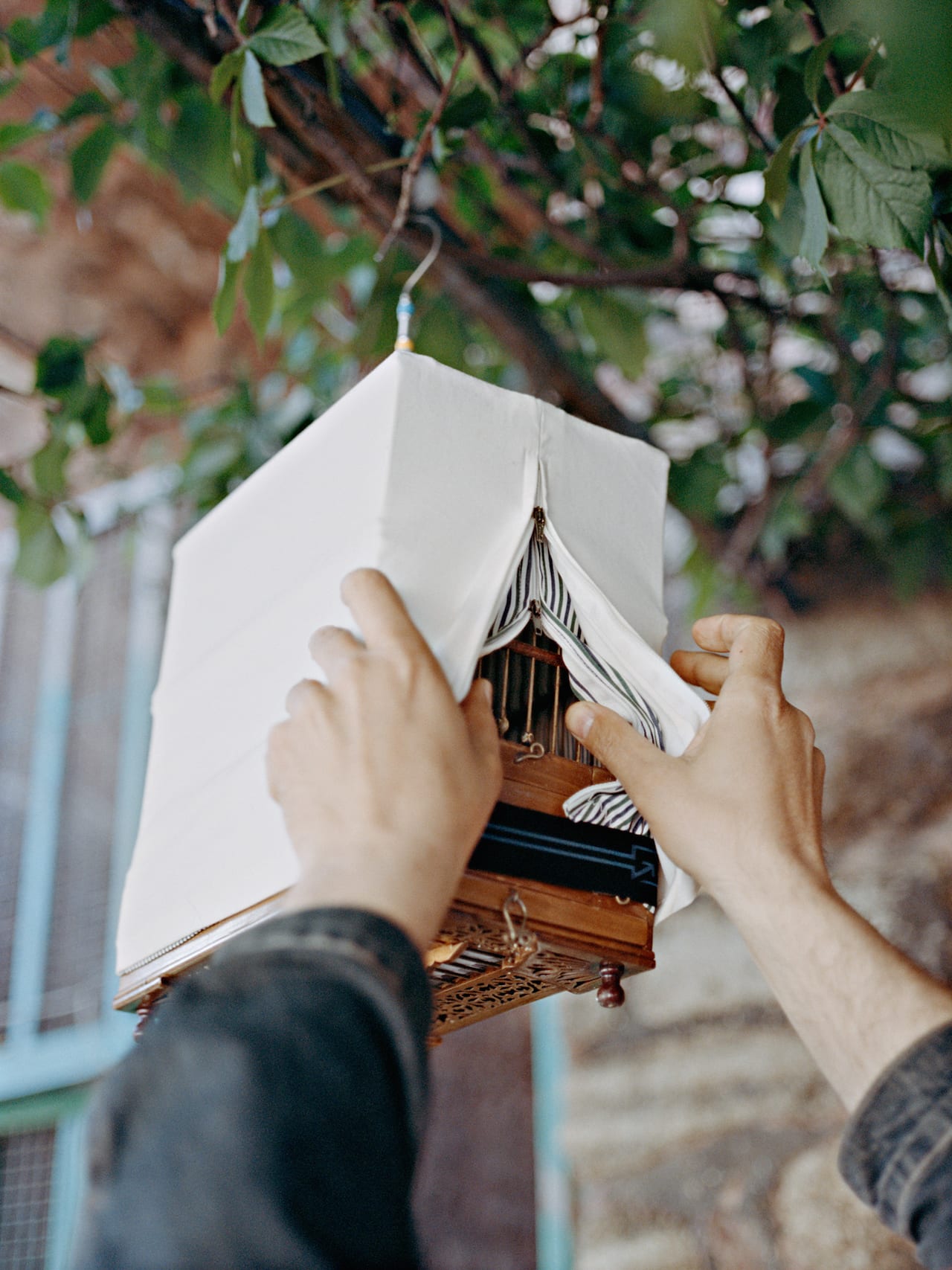
Back in February 2015, BJP flagged up Cemre Yesil as a One to Watch – and now her series For Birds’ Sake, made with Maria Sturm, has won a Prix Levallois nomination. We revisit our article on this series and her hands-on approach to photography
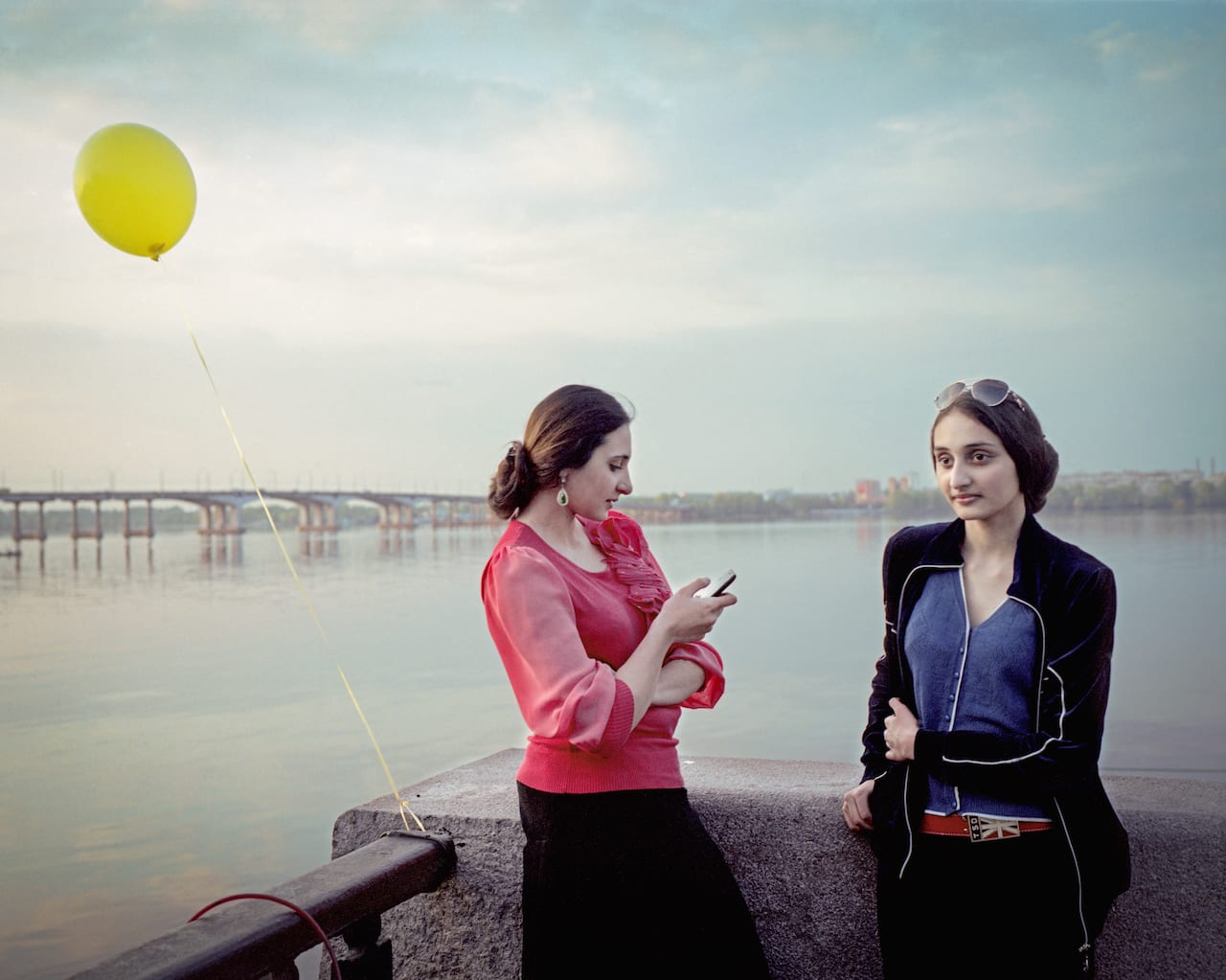
Traditionally taking the idea of a “journey” as its theme, Cortona On The Move has now abandoned this metaphor for a new task – reflecting on the past while theorising on the future. “We are taking the motto ‘on the move’ to keep our eyes open and see what’s happening out there,” explained creative director Arianna Rinaldo to BJP
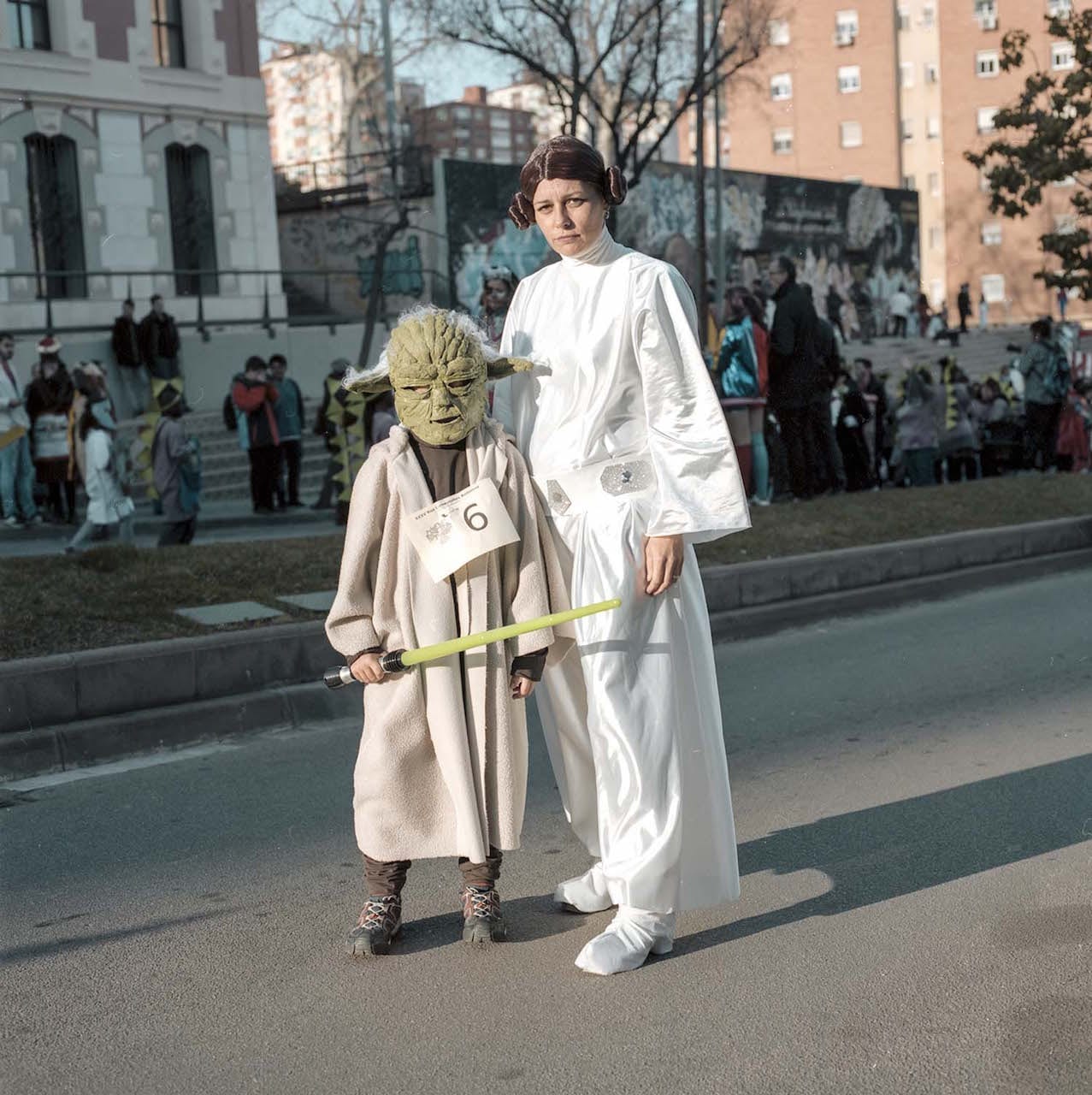
“In Neverland I reject the notion that a photograph or a photographer is able to capture the truth,” says Iggy Smalls. “I have a hard time grasping the definition of truth, and though I do not deny the power that images have to move us, this project will hopefully move you to question what is staged or otherwise manipulated, and what coincidentally really just happened.”
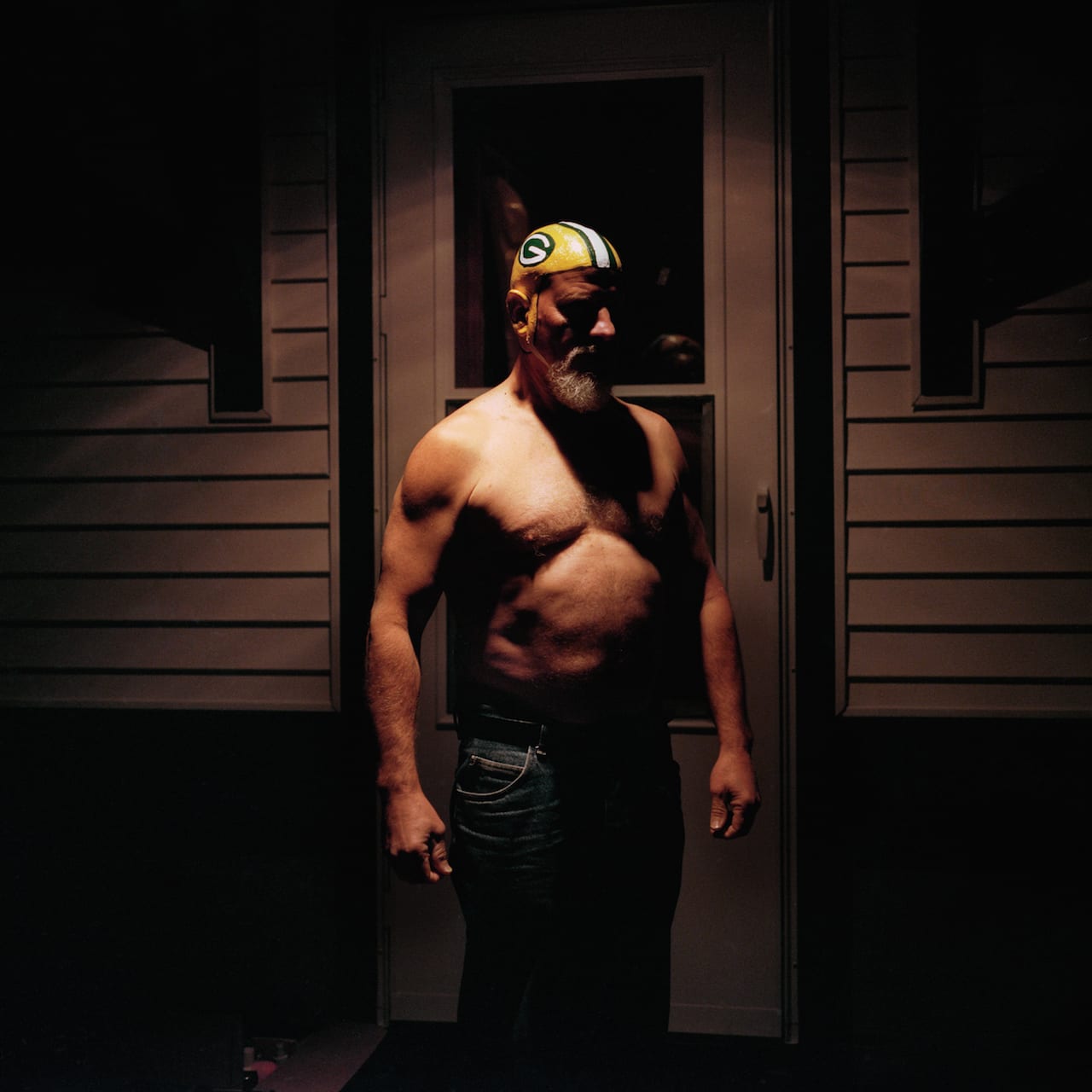
How do you shoot a great portrait? It’s all about connection, says Dan Wilton, one of the Portrait of Britain winners last year. “Sometimes that can be hard – especially with very short shoots – but that’s one of the challenges and one of the reasons I love it so much.”
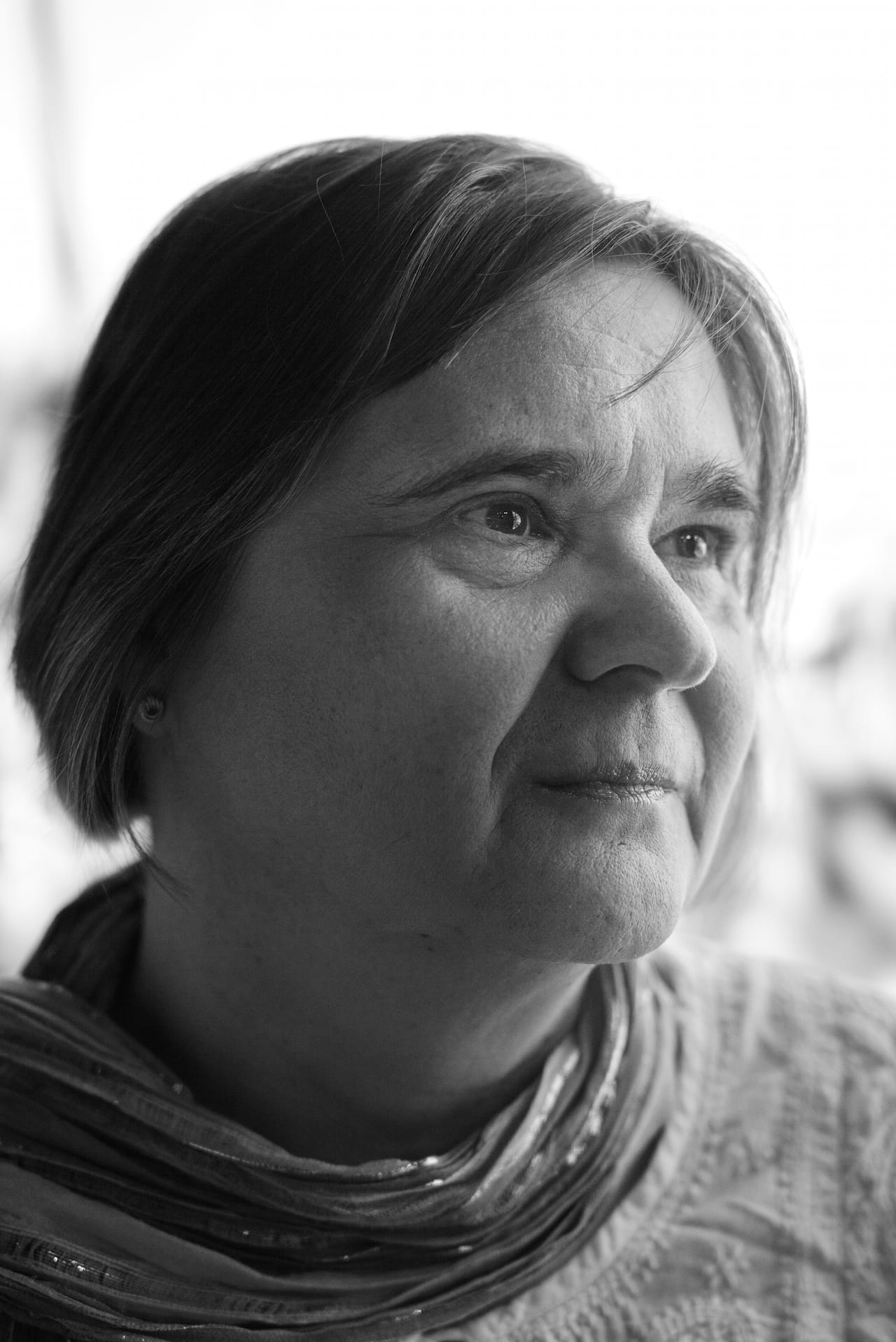
“It’s difficult to try and make sense of the Cold War, let alone events in Iraq and Afghanistan and Syria. It takes a lot of time to collect the resources we need to be able to properly tell the story of these conflicts. So we have to be honest about the limitations of information available to us.”
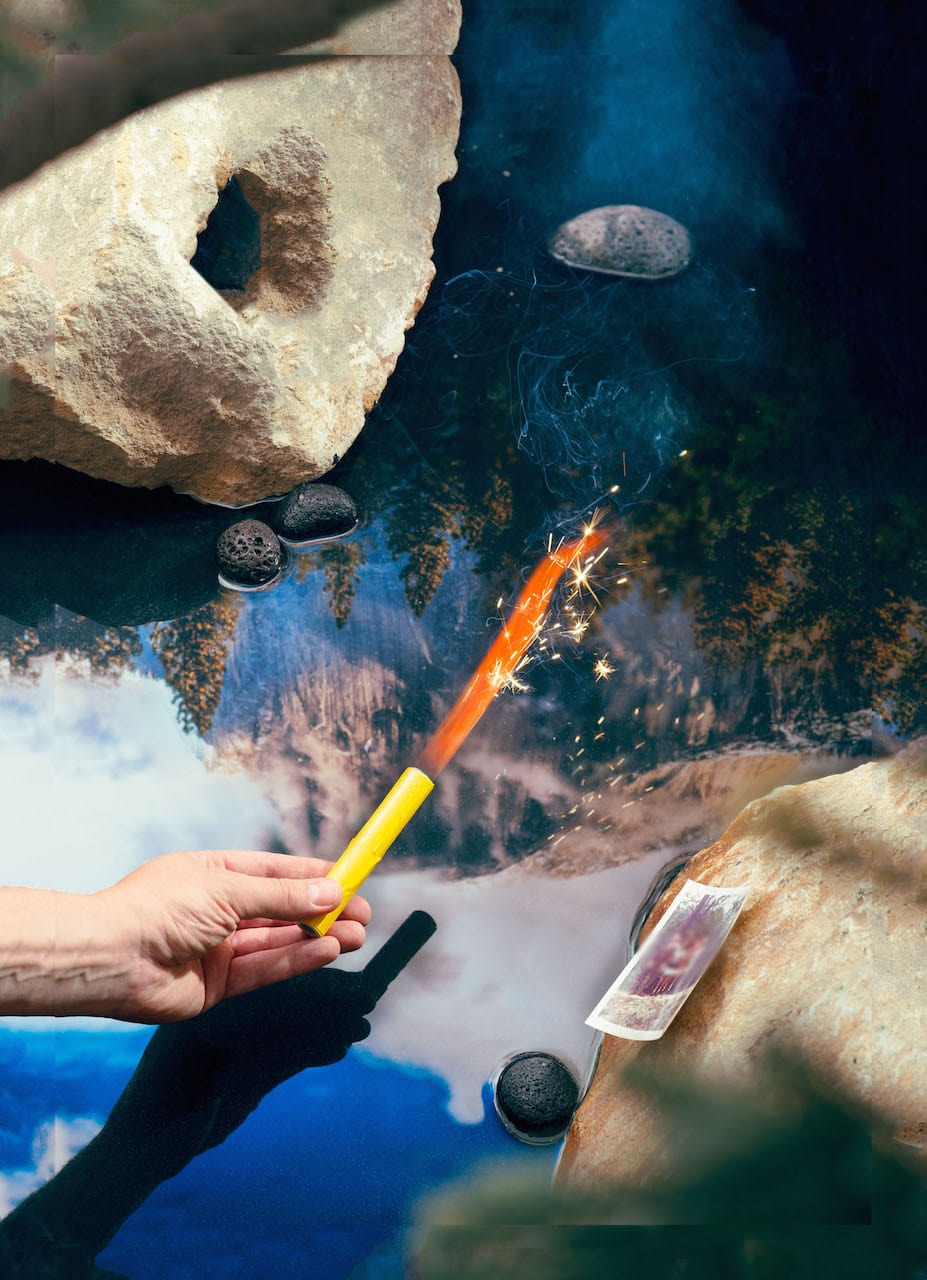
“The series toys with the question regarding the necessity of travelling to a place that has been photographed innumerable times, the need to record additional photographs,” says the artist. “If countless images of a specific place are readily available, has one been there already?”

Examining the cultural, religious, and ceremonial practices passed down through generations of African descendants in Cuba, Lo Calzo highlights the variety of identities within the country, and the ways in which they complement one another. Cohabiting “within a personal culture of exchange”, he says, they “borrow each other’s visions, customs and narratives”. He points to the “precarious balancing act” between the familiar Cuba, largely defined by the communist revolution and the society born out of it, and the diverse communities that actually make up the country.